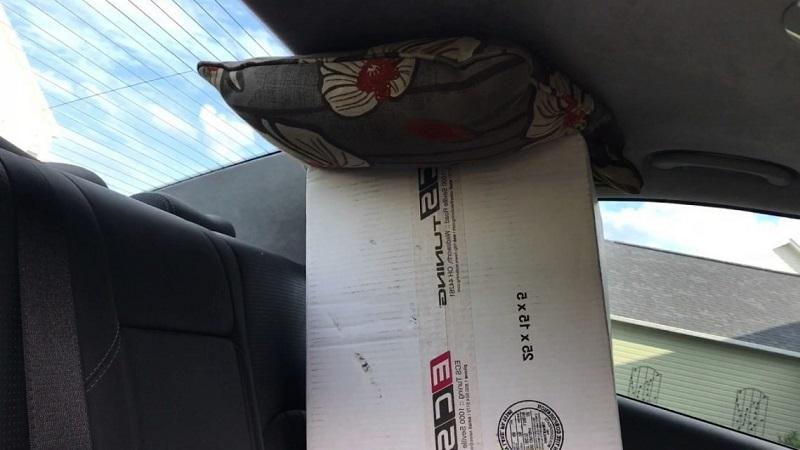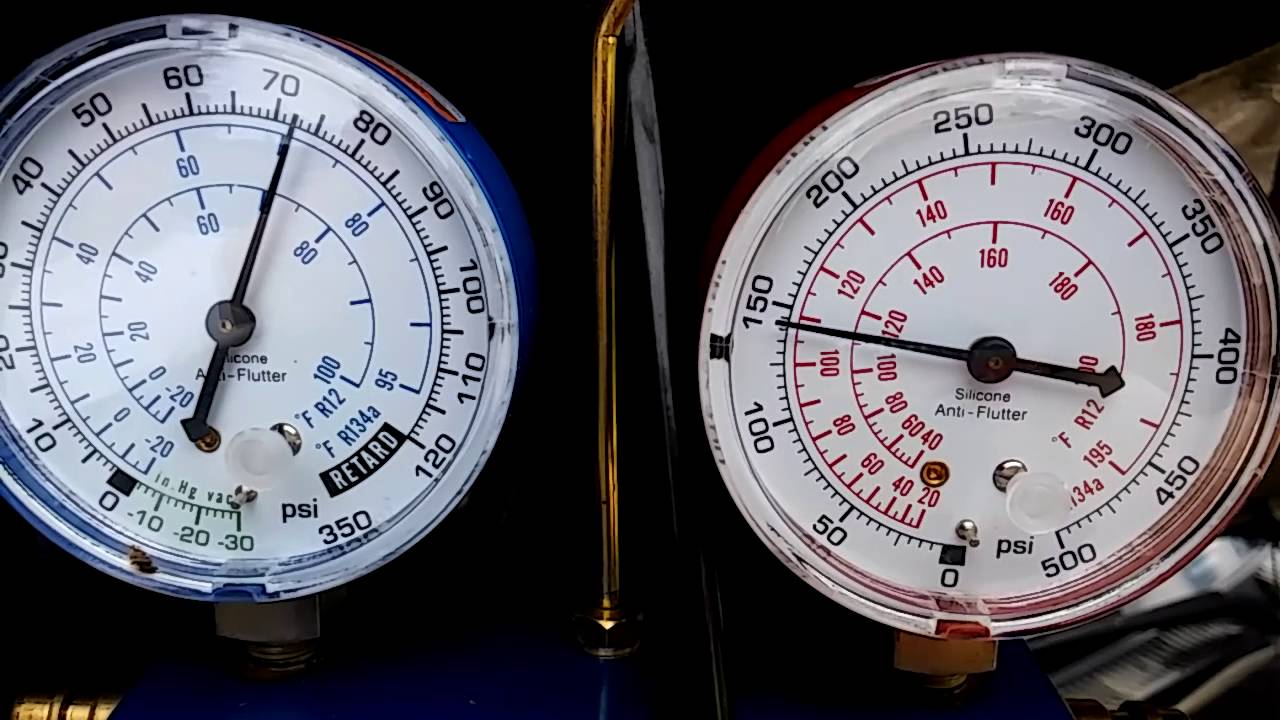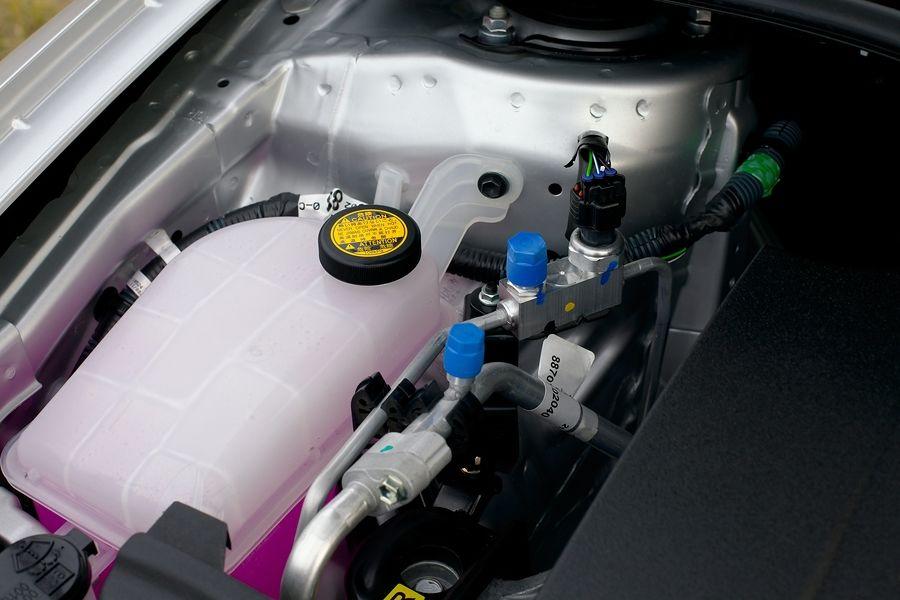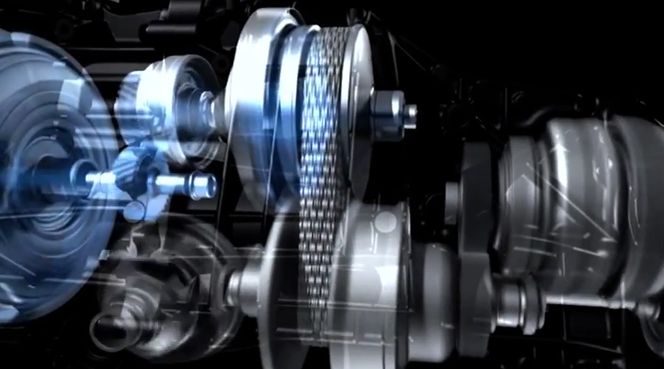Bleed a Radiator at Home Easily
To keep your radiator in good condition, you can either flush the old coolant or bleed it out. Today, let’s talk in detail how to bleed a radiator.
Bleeding a Radiator
Often air gets trapped in the upper section of the radiator. At time goes by, that air make its way through the reservoir or overflow tube, and create air bubbles. And, as soon as it happens, the coolant is not able to pass through tubes and hoses owing to the air bubbles.
3 Methods of Bleeding a Radiator
Dismantle the bleeder valves: there is a built-in bleeder valve in some car models. The sole purpose of such valves is to bleed the congesting air.
Jack up the car: elevate the front portion of your car to hold the radiator at a higher point than the rest of the cooling system. In turn, it forces air pockets and dissipates the air bubbles blocking the interior. Loosen the reservoir tank cap or the radiator cap to expedite the process.
Cap off the radiator and turn on the engine: activate the engine after removing the radiator cap. Keep the vehicle in this way until it hits the average temperature level. After 15-20 minutes the car will generate enough heat to push out air obstructing the cooling system. You may have to add other coolants afterward.
Flushing a Radiator
When you flush a radiator, it increases the life expectancy of the heater and refreshes it. The whole process is super easy to follow and doesn’t take more than 30 minutes.
Tools and Materials
- Fresh coolant
- A garden hose
- Pliers
- A drain pan
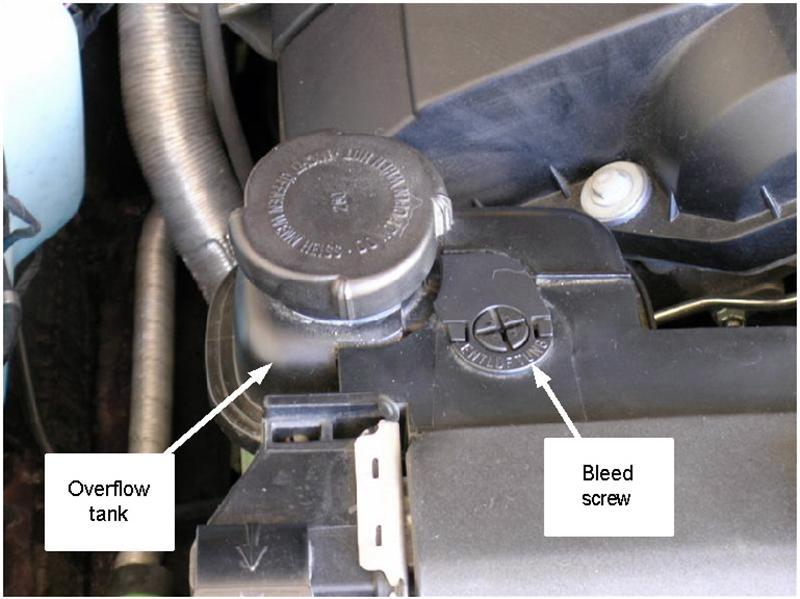
Prep the Radiator
Place a drain pan under the vehicle to get the old coolant. Remove both the drain plug and cap from the radiator. As you remove the cap, the old coolant starts pouring into the pan below.
Flush the Radiator
Use the garden hose to water the radiator with a light flow. In that way, the water will drain out. It is an effective way to flush the radiator. Keep an eye to see whether the water is draining out. Remove the garden hose as soon as the radiator is clean.
Bleed a Radiator could be fixed by replacing the Coolant
A standard mix should contain 50% water and 50% coolant. After filling the radiator in, change the cap. Fill slowly to avoid water buildup. You can keep the nose of your car higher than the rest of the body by parking it. Turn the engine on when the coolant is visible. As the engine temperature goes up, keep adding more coolant to fill the remaining spaces.
Fill the Overflow
Now put coolant into the reservoir tank. A full overflow tank means the radiator doesn’t have any room left for potential air bubbles that may create a problem.
Check Your Work
After you have done filling up the radiator, drive the car to keep the engine warm. Also, maintain the heater on to blow hot air. Now stop the automobile and let it cool down and inspect the fluid level. If necessary, add extra coolant.







